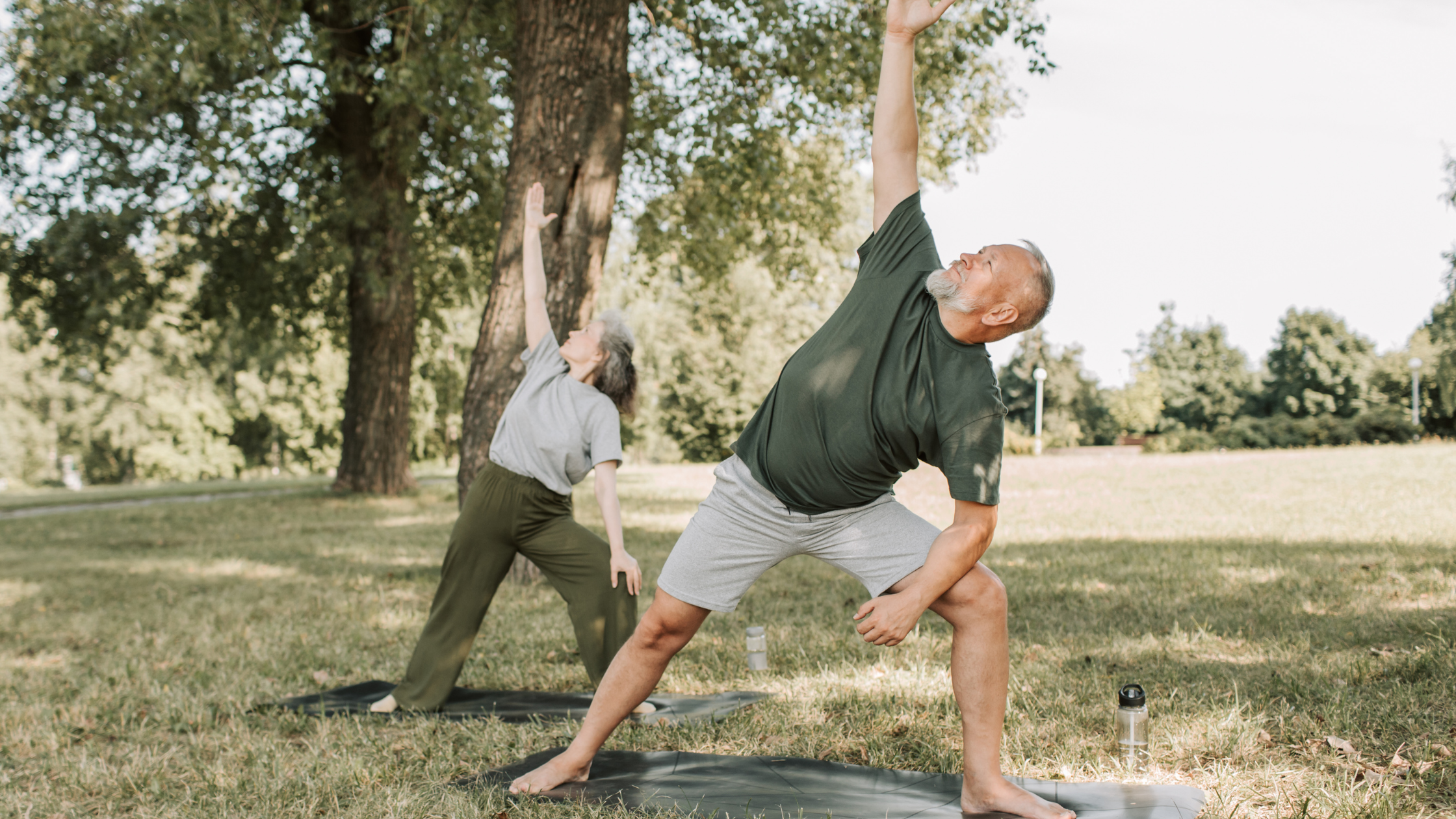
09 Oct The Role Of Exercise And Physical Activity In Managing Rheumatic Conditions
Rheumatic conditions, such as arthritis and fibromyalgia, can cause chronic pain and inflammation, making it difficult for those affected to participate in regular physical activities. However, exercise and physical activity play a crucial role in not only managing symptoms but also improving overall health and well-being for individuals living with these conditions.
Exercise for Rheumatic Conditions
Exercise has been shown to have multiple benefits for people living with rheumatic conditions. It helps to reduce joint pain and stiffness, increase flexibility and mobility, improve muscle strength and endurance, and maintain a healthy weight. Additionally, exercise can also enhance mood, reduce stress levels, and improve sleep quality, all of which are important factors in managing these conditions.
When it comes to choosing the right type of exercise for rheumatic conditions, it is essential to consider the individual’s specific needs and limitations. Low-impact exercises, such as swimming, cycling, and walking, are ideal as they put less pressure on the joints, reducing the risk of injury. These activities not only help to improve cardiovascular fitness but also promote joint flexibility and overall muscular strength.
Strength training exercises, involving the use of resistance bands or weights, are also beneficial for individuals with rheumatic conditions. These exercises help to strengthen the muscles around the joints, providing extra support and stability. It is important to note that individuals should start with lighter weights and gradually increase the intensity as tolerated.
Flexibility exercises, such as stretching and yoga, are another important component of an exercise regimen for rheumatic conditions. These exercises help to improve joint range of motion, reduce muscle stiffness, and enhance overall flexibility. It is crucial to perform these exercises safely and avoid overstretching or putting too much pressure on the affected joints.
In addition to structured exercise routines, it is equally important to incorporate physical activity into daily life. Simple activities like gardening, housework, or taking the stairs instead of the elevator can contribute to overall physical fitness and help manage rheumatic conditions. Moreover, regular physical activity can also help maintain a healthy weight, which is important in managing symptoms and reducing the strain on joints.
Before starting any exercise program, it is essential to consult with a healthcare provider or a physical therapist who can provide guidance and customize an exercise plan based on an individual’s specific needs and limitations. They can help determine the right intensity, duration, and frequency of exercise and provide modifications or alternatives for specific movements or exercises.
It is important to start slowly and gradually increase the intensity of exercise over time. This helps to prevent overuse injuries and allows the body to adjust gradually. It is normal to experience some discomfort during exercise, but if there is severe pain or swelling, it is crucial to stop and seek medical advice.
Certain precautions should be taken when engaging in physical activity with rheumatic conditions. It is important to listen to the body and avoid overexertion. It is also crucial to warm-up before exercising and cool down afterwards. This can include gentle stretching and range of motion exercises. It is also recommended to use proper technique and form during exercise to prevent injury and strain on the joints.
For individuals with rheumatic conditions, it can be challenging to stay motivated and consistent with exercise. Finding activities that are enjoyable and fit into one’s schedule is important. It can be helpful to involve a friend or family member in the exercise routine to provide support and accountability. Additionally, joining a support group or participating in structured exercise classes specifically designed for people with rheumatic conditions can provide encouragement and a sense of community.
Contact Island Rheumatology and Osteoporosis, PC!
In conclusion, exercise and physical activity play a vital role in managing rheumatic conditions. Regular exercise helps to reduce joint pain and stiffness, increase flexibility and mobility, improve muscle strength and endurance, and maintain a healthy weight. It also provides mental health benefits, such as stress reduction and improved mood. It is important to choose low-impact exercises, incorporate strength training and flexibility exercises into the routine, and gradually increase intensity. Consulting with a healthcare provider or physical therapist is crucial to develop a safe and effective exercise plan. Remember to listen to the body, take precautions, and stay motivated to reap the benefits of exercise in managing rheumatic conditions.
The information provided in this blog post is for educational purposes only and should not be considered medical advice. Always consult with your healthcare provider before making any changes to your treatment plan or starting new therapies.
